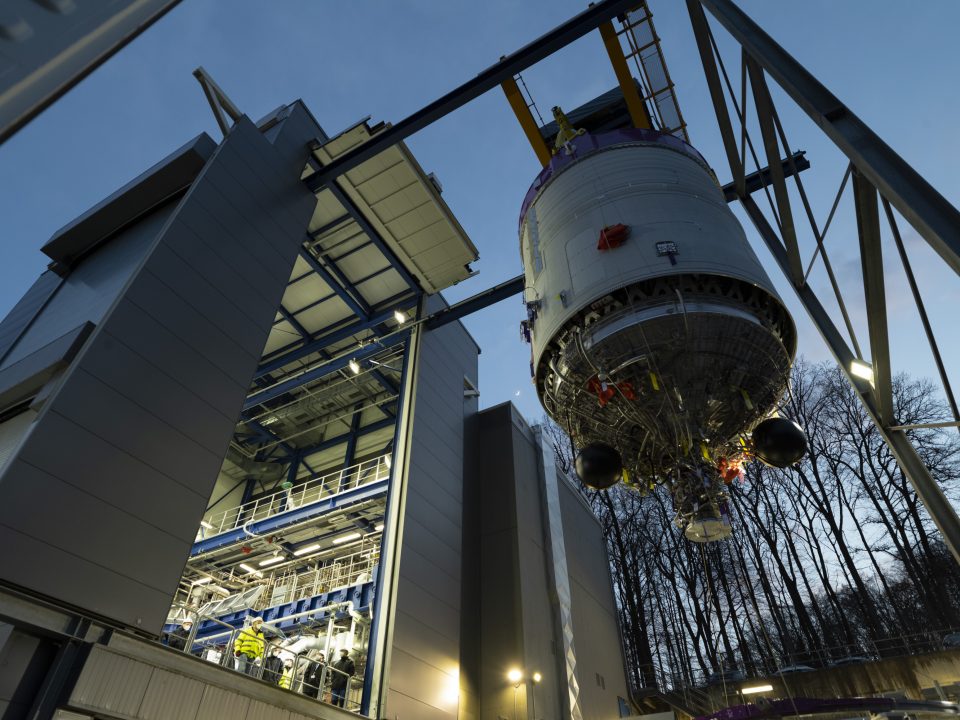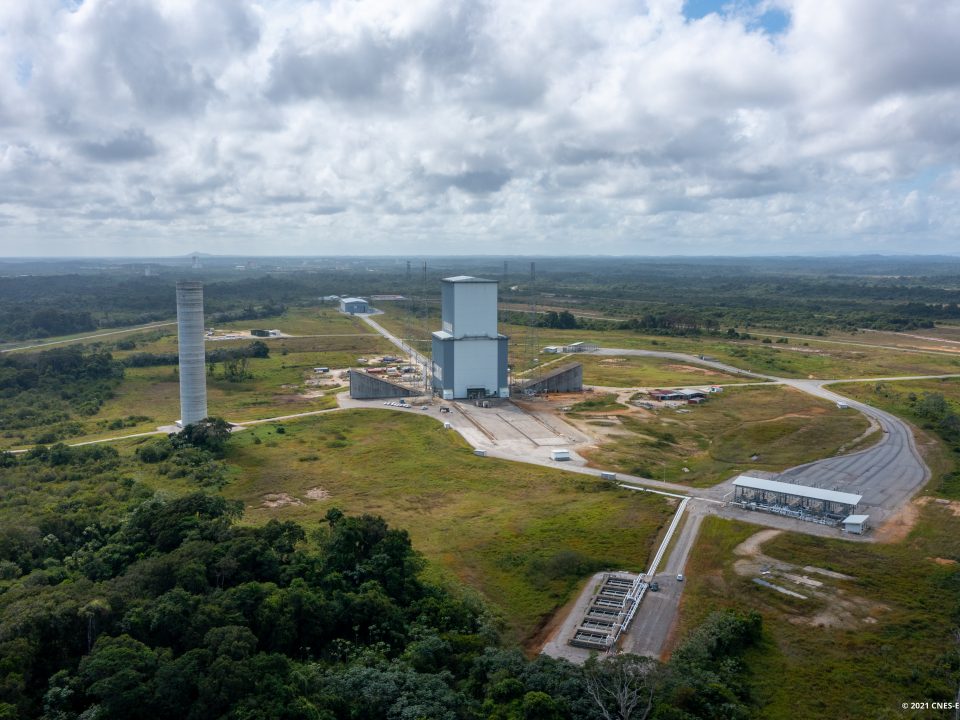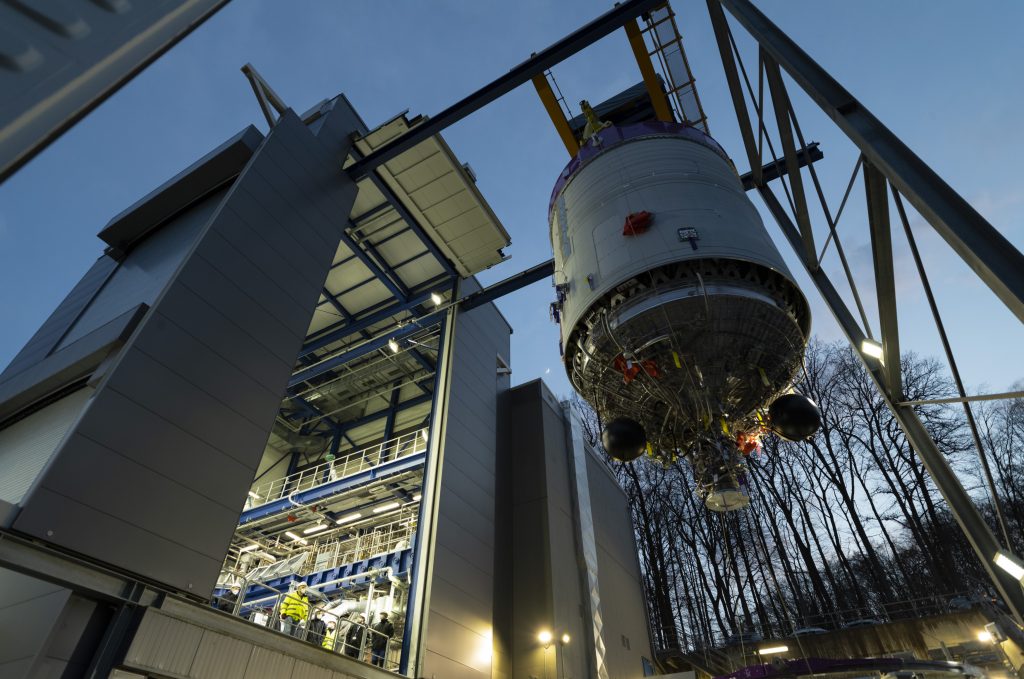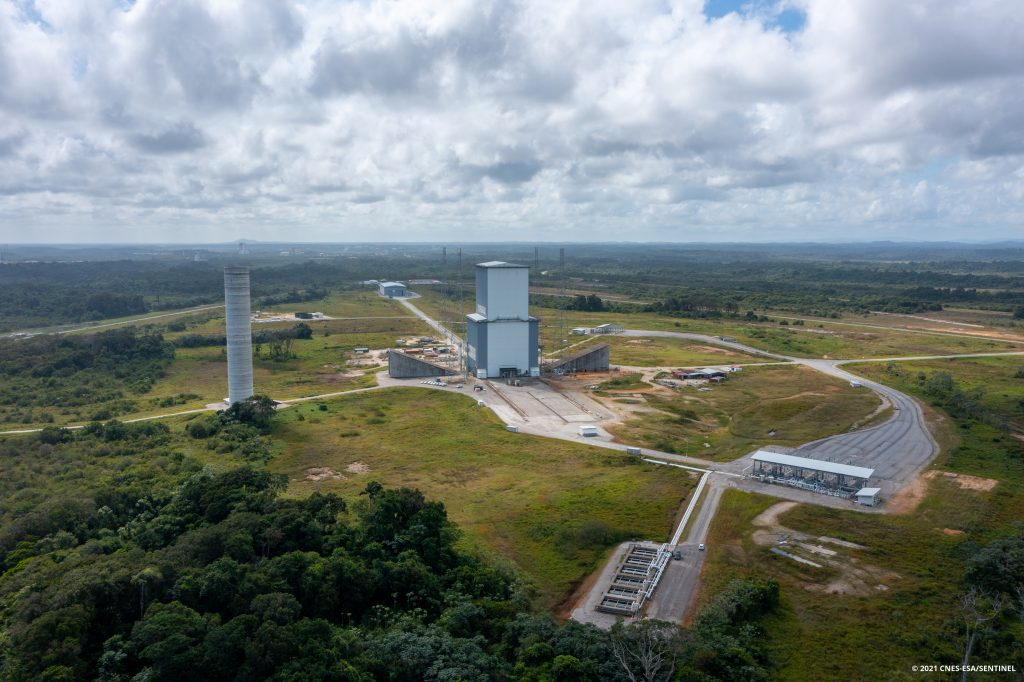New political framework for a changing launcher sector
In addition to the programmatic decisions, the conference also resulted in agreements between the ESA Member States on the fundamental landscape of the European launcher sector. These decisions, laid down in the ‘Resolution on ESA Accelerating the Use of Space in Europe’, were further elaborated on in a ‘Joint Statement on the future of launcher exploitation in Europe’ by the three states most invested in launcher systems: France, Germany and Italy. In both documents, the states reaffirm their view that providing Europe with its own permanent and resilient access to space is essential for enhancing Europe’s space power. However, they also state that this must be done through a system of launchers that offer a range of different services that lead to improved flexibility, competitiveness, environmental sustainability and cost efficiency.
Three general objectives were defined to facilitate the implementation of this overarching goal:
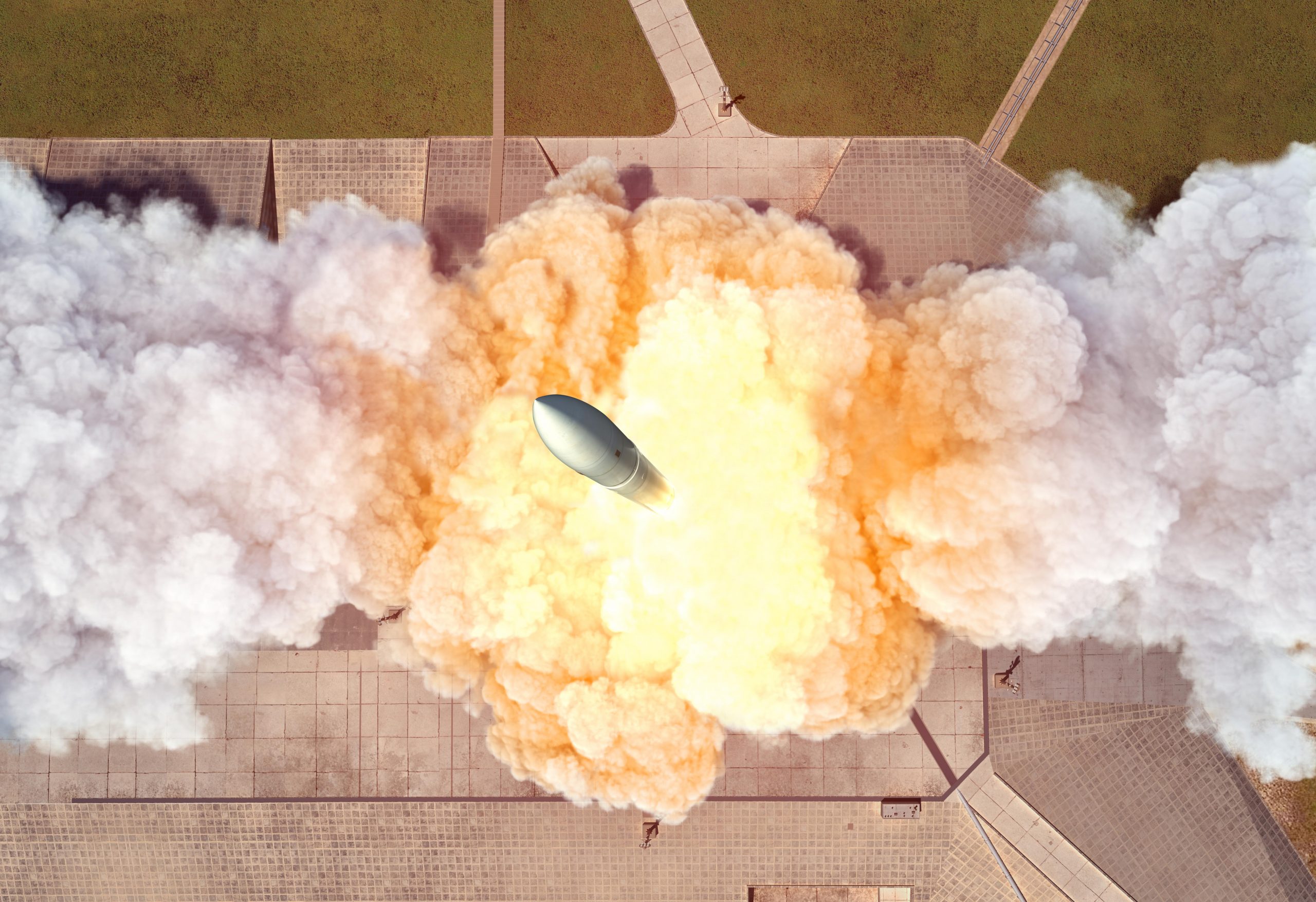
First, there was the confirmation by Member States that they were economically supporting the Ariane 6 operations at the beginning of its exploitation phase.
Second, the ESA Director General was asked to define the mechanisms of this support in concrete terms together with the Member States and, at the same time, to review whether the legal framework conditions for launcher operations need to be adapted.
Finally, all ESA Member States recognised that privately developed, European micro- and mini-launchers will also be given the opportunity to compete to launch ESA payloads. A basic consensus was reached to ease the tension between ‘safeguarding the Ariane launch’ and ‘enabling private providers to enter the institutional market’.
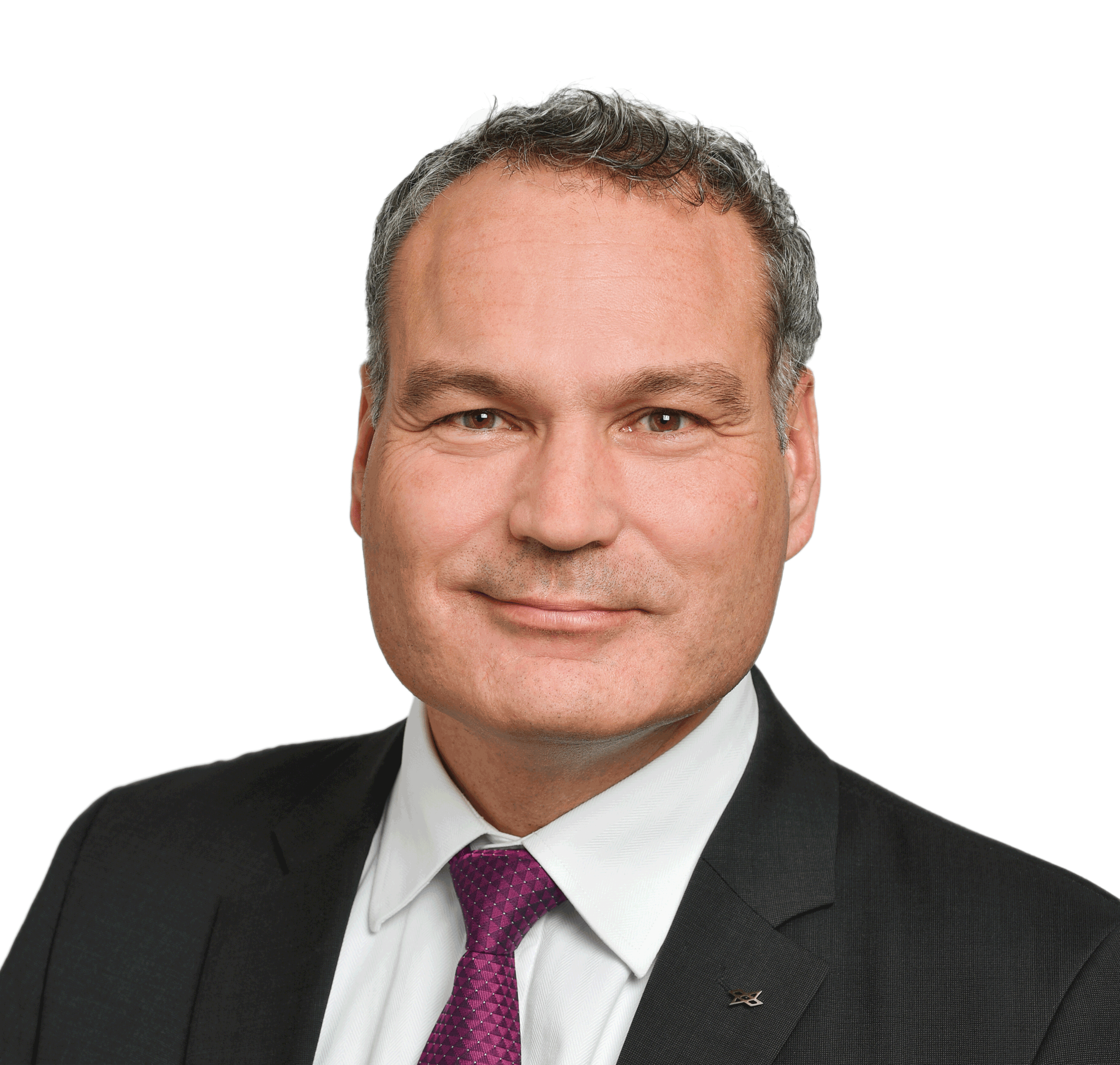
Dr Walther Pelzer
DLR Executive Board Member and Director General of the German Space Agency at DLR
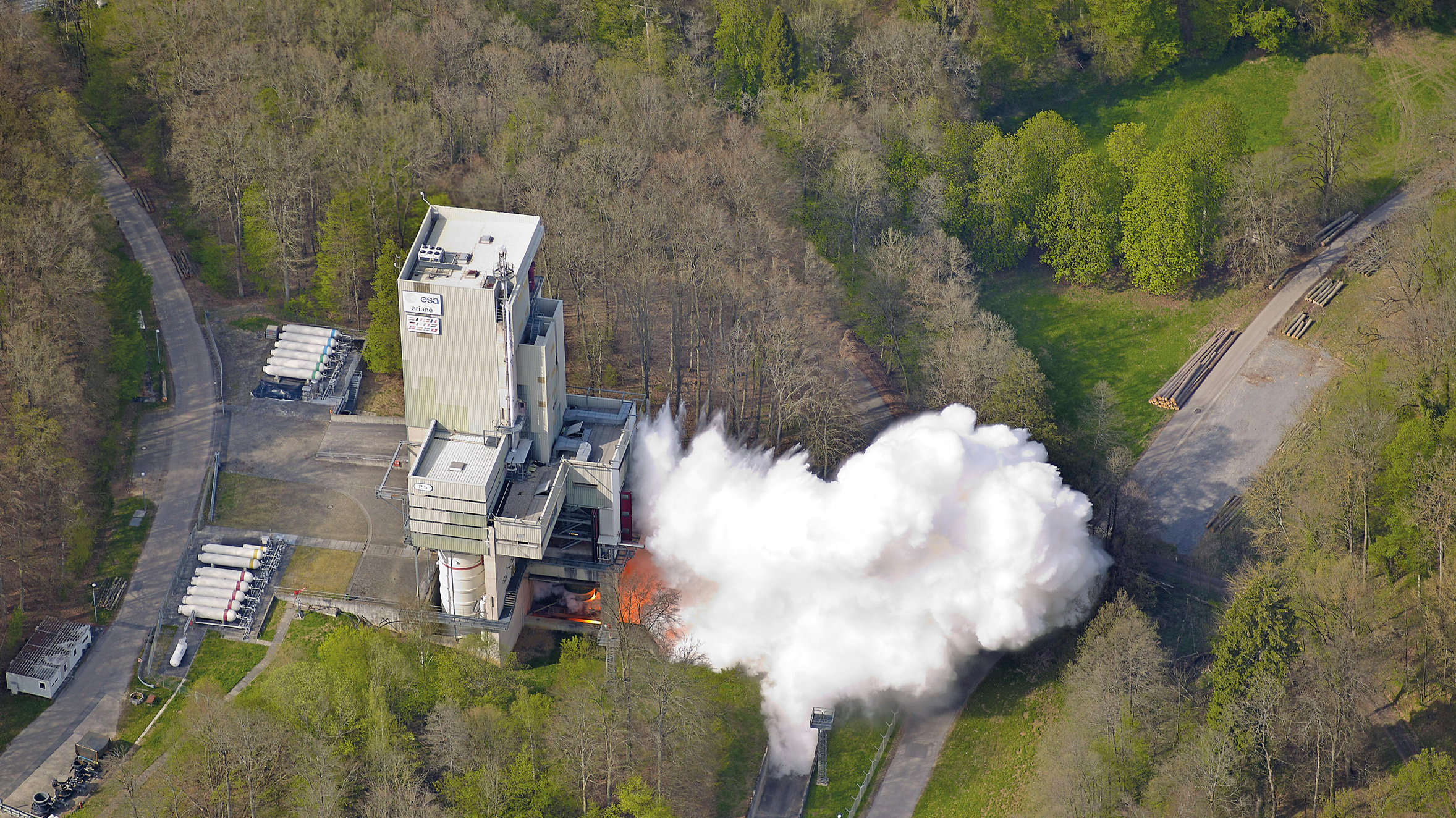

Dr Walther Pelzer
DLR Executive Board Member and Director General of the German Space Agency at DLR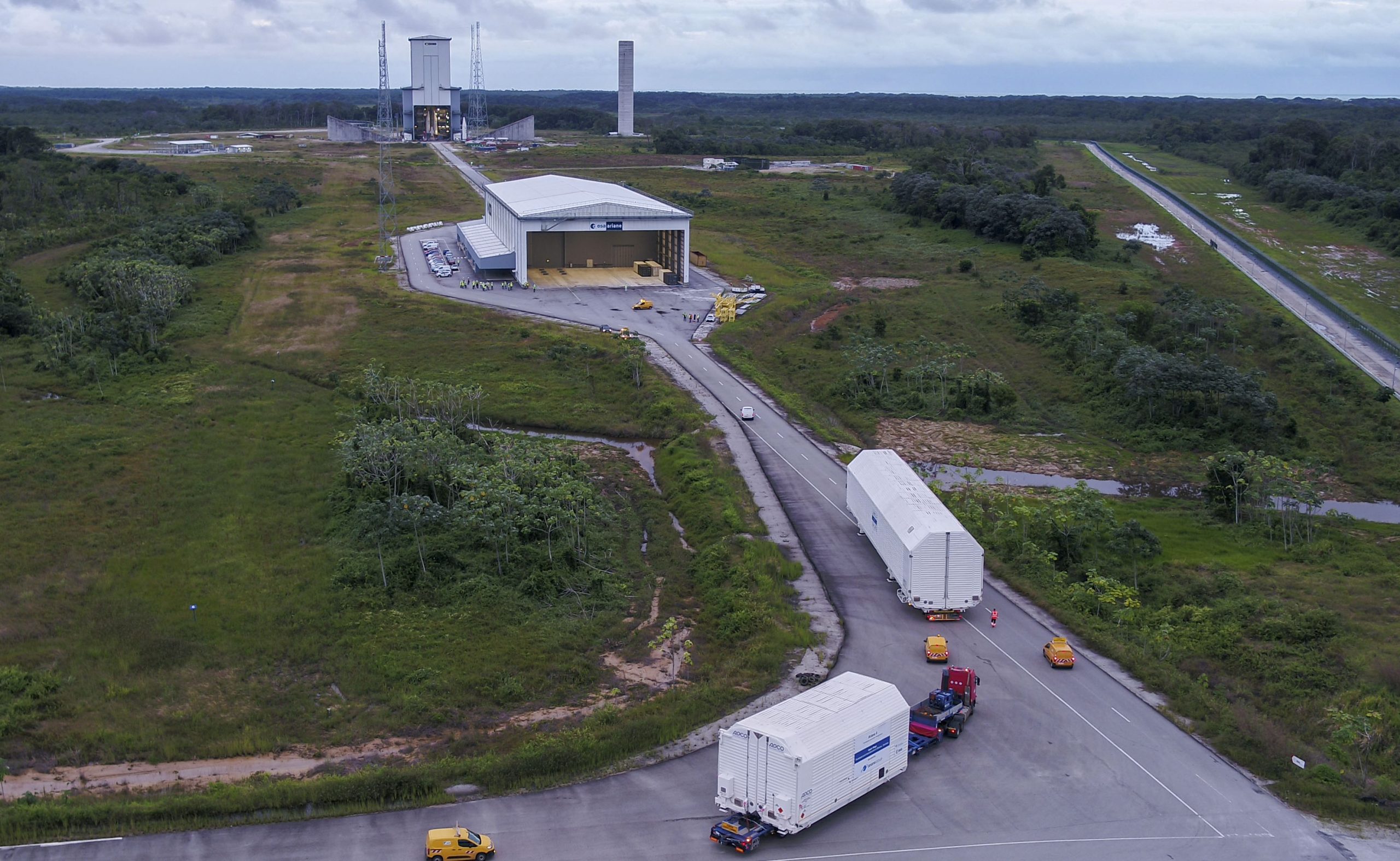
Ariane 6 operational phase
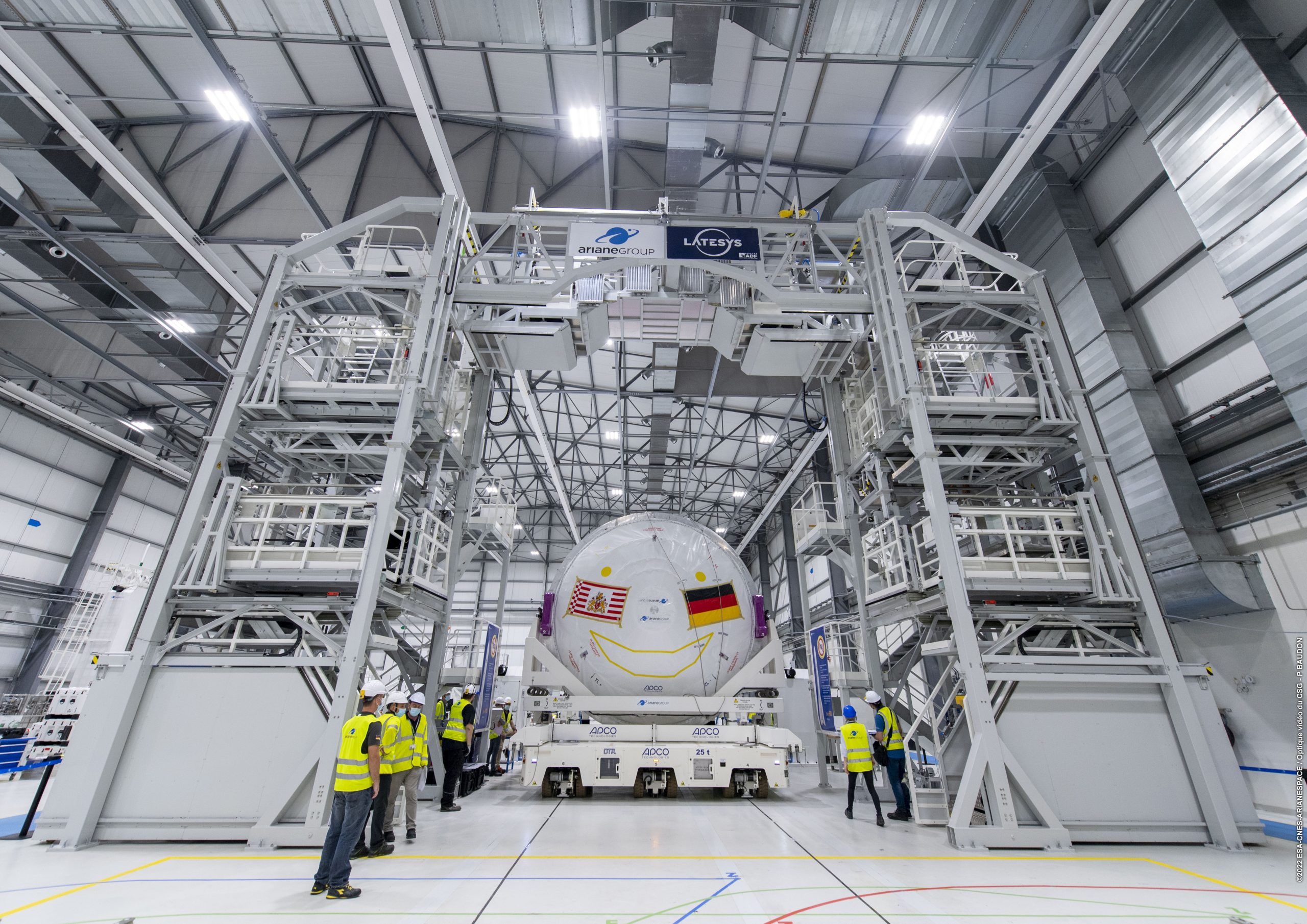
Securing ongoing launcher operations through the Launchers Exploitation Accompaniment Programme (LEAP) and Centre Spatial Guyanais (CSG) programme is an important cornerstone of European space transport. An extremely important part of LEAP with regard to Ariane 6 for Germany is securing the future of the engine test centre at the DLR site in Lampoldshausen. With a significant German investment of 44 million euros, this site will be further strengthened as the European test centre for liquid propulsion.
In addition, Germany is investing 110 million euros in the European spaceport in Kourou (CSG) as part of the agreed funding phase for the period 2023 to 2027. This will cover the modernisation of the launch site in addition to the existing maintenance and operational activities, as well as the Core Launch Range Renewal (CLRR) programme initiative already launched at the penultimate Council Meeting at Ministerial Level – thus reducing Ariane 6 operating costs and enabling a more targeted response to customer requirements. This is an important step, because the launch site in French Guiana with its infrastructure ensures Europe's unhindered access to space and thus also political sovereignty.
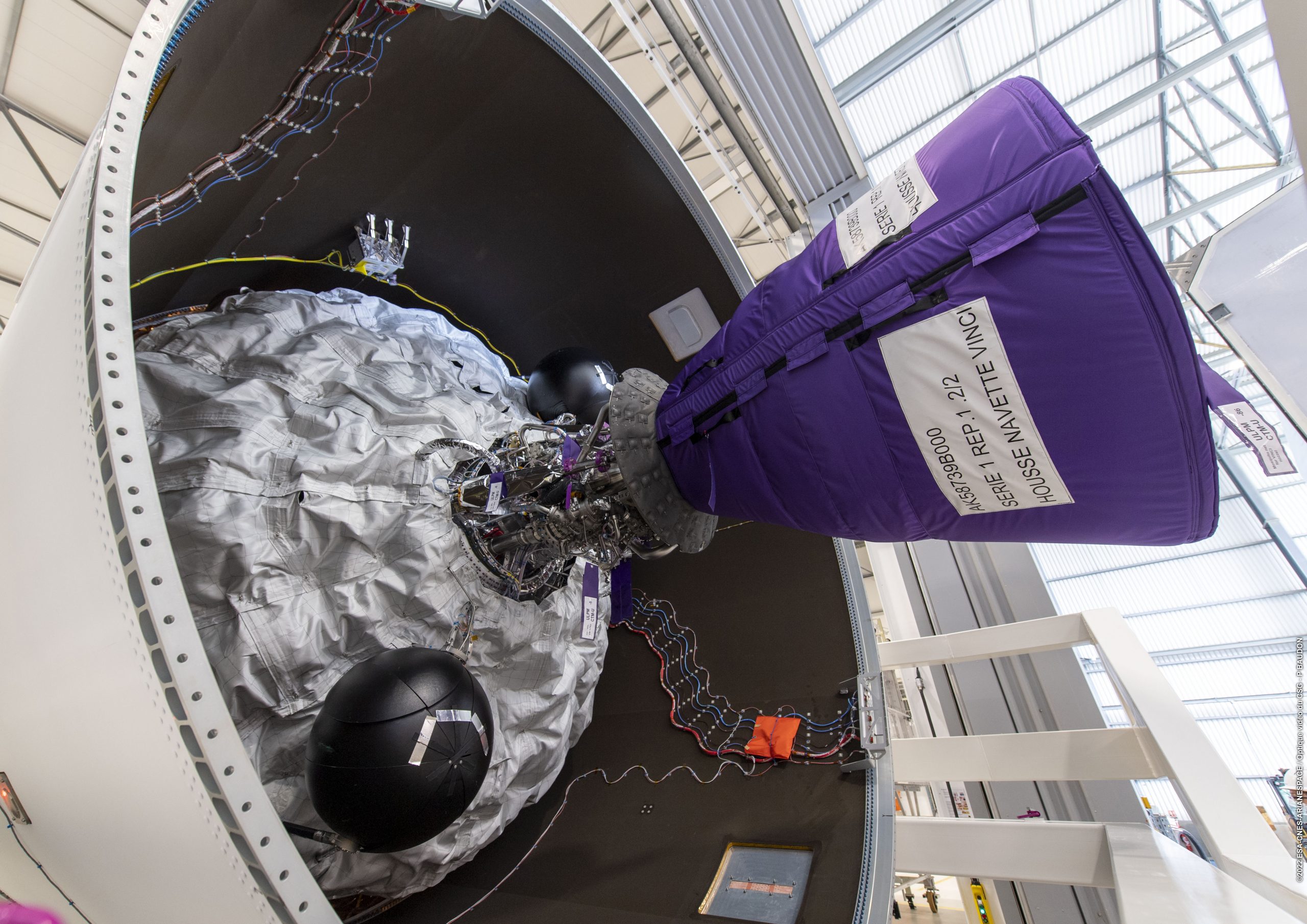
A new programme for new capabilities
The development of Ariane 6 and Vega-C were decided in 2013. Since then, the landscape in the space transport market has changed significantly. The emergence of mega-constellations has had a major impact, but efforts to re-explore and utilise the Moon also place very different demands on launchers than could have been anticipated around ten years ago. In order for the future European launchers Ariane 6 and Vega-C to survive in this competition, they must be adapted to the new market requirements. For this reason, ESA has launched the Product Adaptations Programme (PAP), which brings together many different individual measures to expand the deployment options of the European launchers. A high German contribution of 90 million euros to the PAP lays the foundation for the competitiveness of Ariane 6 and will lead to an increase in the value added by Germany during its production. With its commitment, the German government is also securing the long-term industrial return to Germany during the production phase and thus more than 1000 highly skilled jobs in Munich, Augsburg, Lampoldshausen as well as Bremen. Germany is the second largest participant in the Ariane programme after France and thus significantly supports the securing of independent European access to space. Currently, Germany has a share of approximately 17 percent in the Ariane 5 production and 23 percent in the Ariane 6 development programme. The core of the Ariane 6 activities is the development of a performance-enhanced version called Ariane 6 Block 2, which can efficiently launch mega-constellations such as those of the Kuiper project, for which 18 launch orders have already been received, or the EU’s new IRIS2 constellation. All other commercial and institutional customers will also benefit from this performance-enhanced version. In addition to the development of Block 2, however, many of the programmes already underway to reduce costs and increase the flexibility of the European launchers will be continued and completed in the PAP. The core of the German commitment here is the completion of the development of the kick stage and the transfer of the acceptance tests and final assembly of the Vinci engine from Vernon to Lampoldshausen.
Towards the first launch of Ariane 6
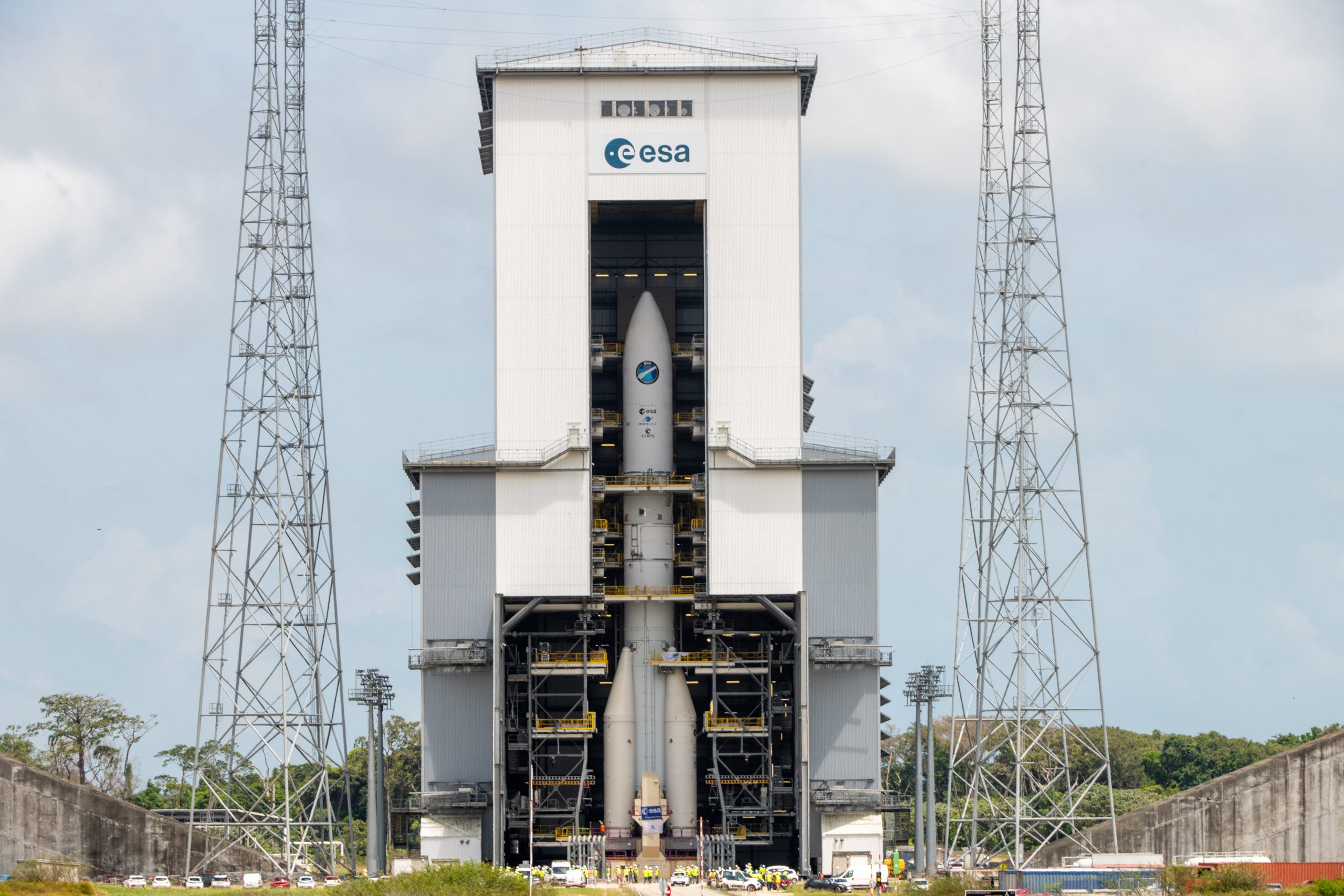
The development of Ariane 6 is slowly drawing to a close. Currently, the main and upper stages are being completed in the assembly halls for the first launch. The test models are already in full operation. A fully functional version of the upper stage was put through its paces at DLR's Lampoldshausen site at the beginning of 2023. Here, the focus is particularly on testing the completely new propulsion system, which offers multiple re-ignitions and different thrust levels, under conditions that are as realistic as possible. For this purpose, an ultra-modern test stand was specially built that can accommodate the entire upper stage and, in addition to the control system, also allows a large number of measurements. Already in Kourou, the so-called combined test model is being used to test all processes from delivery to launch. These tests will be completed towards the middle of the year with a test of the propulsion system of the main stage over the full burn time on the launch table.
A programme for future launcher technologies
The Future Launchers Preparatory Programme (FLPP) is the independent programme for cross-launcher technology development and pre-qualification. System studies enable the development of technologies for future launcher systems that serve to minimise the development and financial risks in specific launcher development programmes. The programme currently focuses on the development of a cost-effective and lightweight upper stage made of carbon fibre composite materials (PHOEBUS project), on improving the performance of existing and new engines (Vulcain NEO, Vinci Evolution) and on the implementation and industrial adoption of new processes and methods such as additive manufacturing. The programme is increasingly awarding contracts through competitive tenders.

BOOST! for privately developed European launchers
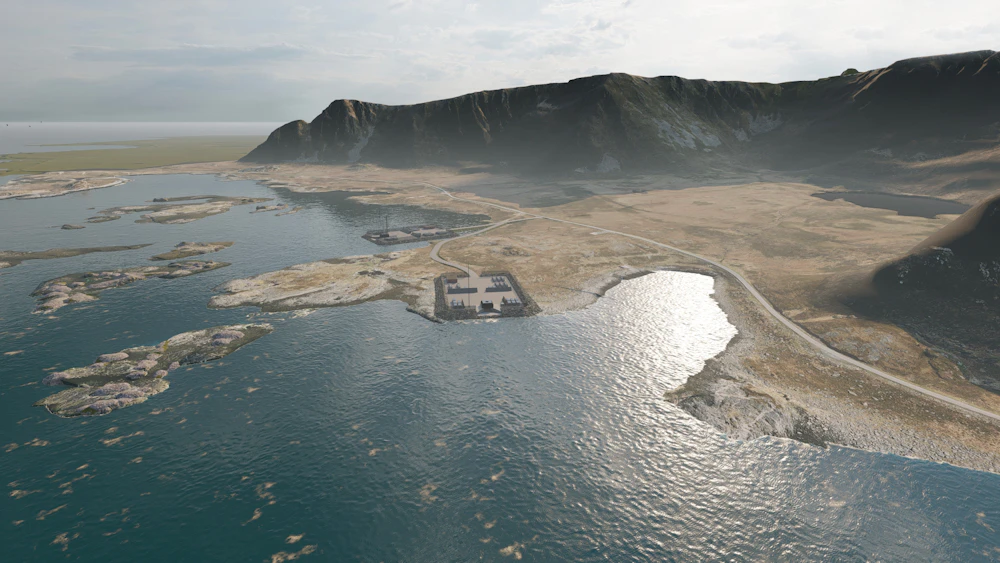
Germany has continued its commitment to the commercialisation of space launch services by allocating a total of 31 million euros to the BOOST! programme. Germany's microlauncher competition demonstrated that purchasing commercial launch services and thus acting as an anchor customer can drive the commercialisation of spaceflight. Germany's subscription to the programme in 2019 has provided a high return. The three participating German start-ups, HyImpulse Technologies, Isar Aerospace Technologies and Rocket Factory Augsburg, have secured approximately 200 million euros in private capital over the course of the competition. Over 500 employees now work at the three companies. In addition, the three German companies were among the top four in the European Commission's 'EIC Launcher Prize'. The programme signing in Paris with a focus on the BOOST!-3 element, which focuses on the purchase of launch services, is the basis for the continuation of this success story. Furthermore, on Germany's initiative, all ESA states decided to procure future launch services competitively, taking into account the new European market participants. This opens the door to a large institutional market.
